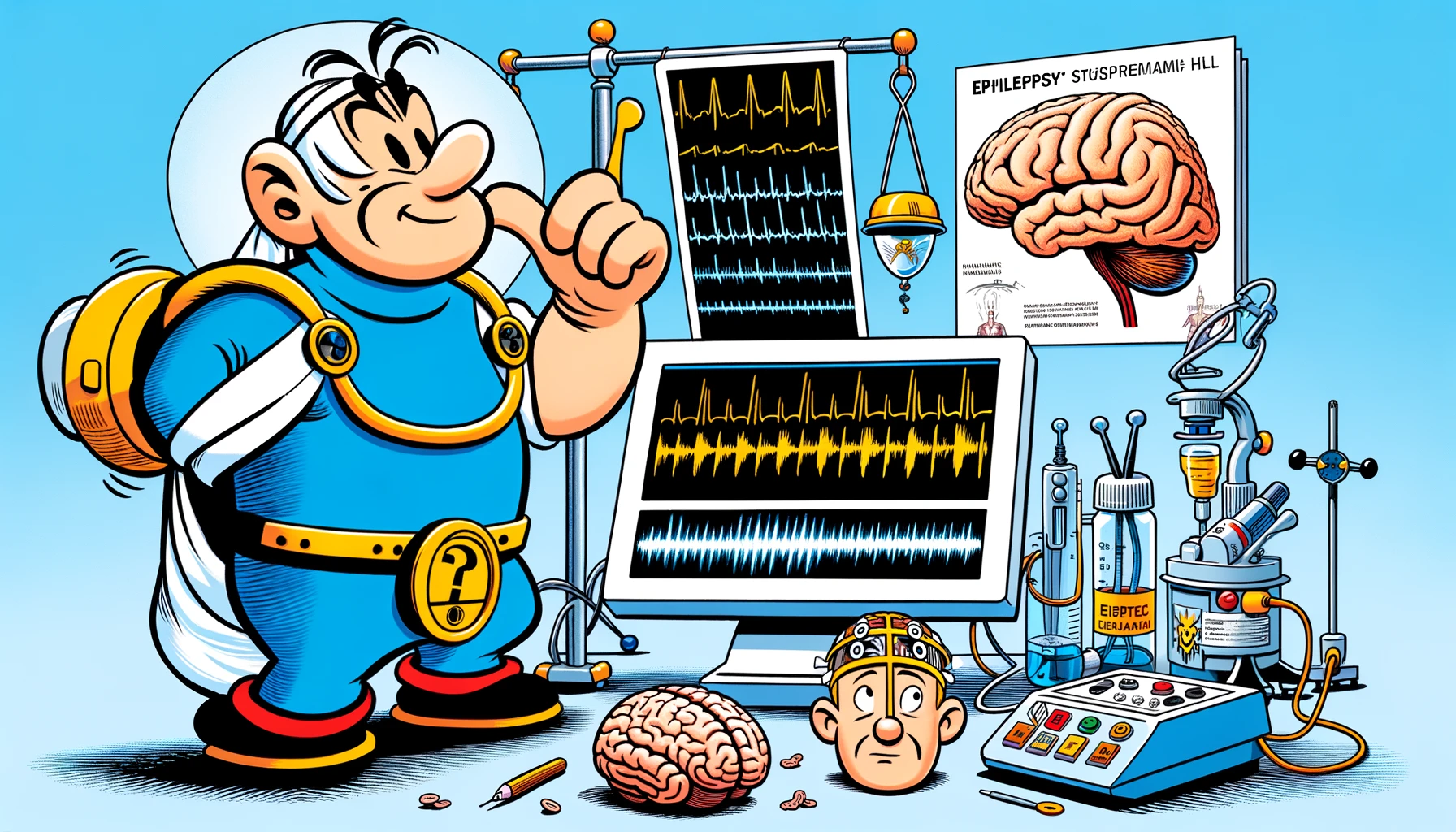Discover how a groundbreaking causal brain network measure is revolutionizing the analysis of ictal electrocorticograms in patients with drug-resistant epilepsy, offering new insights and hope for effective treatments.
– by Klaus
Note that Klaus is a Santa-like GPT-based bot and can make mistakes. Consider checking important information (e.g. using the DOI) before completely relying on it.
A Robust Causal Brain Network Measure and Its Application on Ictal Electrocorticogram Analysis of Drug-resistant Epilepsy.
Wang et al., IEEE Trans Neural Syst Rehabil Eng 2024
<!– DOI: 10.1109/TNSRE.2024.3378426 //–>
https://doi.org/10.1109/TNSRE.2024.3378426
Ho-ho-ho! Gather around, my curious elves, for I have a tale as intriguing as the mystery of how I fit all those presents into my sleigh. This story unfolds in the wondrous realm of the human brain, a place more complex than my list of who’s naughty or nice. Our heroes, a group of intrepid scientists, embarked on a quest to measure the brain’s causal network, a task as challenging as delivering presents all around the world in one night!
Despite the valiant efforts of many before them, these scientists found that existing tools were as imperfect as a Christmas without snow. These tools often overlooked the brain’s intricate timing, were as cumbersome as a reindeer on a roof, and lacked the robustness of a well-made toy. But fear not, for our heroes crafted a magical framework known as “time-shift permutation cross-mapping, TPCM”, a sleigh equipped with four powerful reindeer:
- Delayed Improved Phase-Space Reconstruction (DIPSR), guiding the sleigh through the night with precision.
- Rank Transformation of Embedding Vectors’ Distances, ensuring each present lands softly and accurately.
- Cross-Mapping with a Fitting Estimation, wrapping gifts with the care of a skilled elf.
- Causality Quantification Using Multi-Delays, delivering gifts at just the right time.
Through the frosty air of numerical validation, TPCM soared, outshining the North Star with its robustness against the blizzards of data length and noise. It landed gracefully, achieving the highest determination coefficient (R2 = 0.96), a beacon of accuracy in detecting time delays and coupling strength.
But the true test came when TPCM ventured into the stormy night of ictal electrocorticogram (ECoG) analysis for patients with drug-resistant epilepsy (DRE), a challenge as daunting as my midnight ride. Among 17 patients, those who had successful surgeries showed stronger connections within their brain’s network, much like the stronger bonds formed during the holiday season. This discovery, as heartwarming as a Christmas miracle, proved TPCM’s worth as a beacon of hope for predicting surgical outcomes.
So, as we wrap up this tale, let us remember the promise of TPCM, a gift that keeps on giving in the quest for understanding the brain’s mysteries. May it light the way to a future as bright as Rudolph’s nose, advancing precision medicine for neurological disorders. Merry Christmas to all, and to all a good night!
